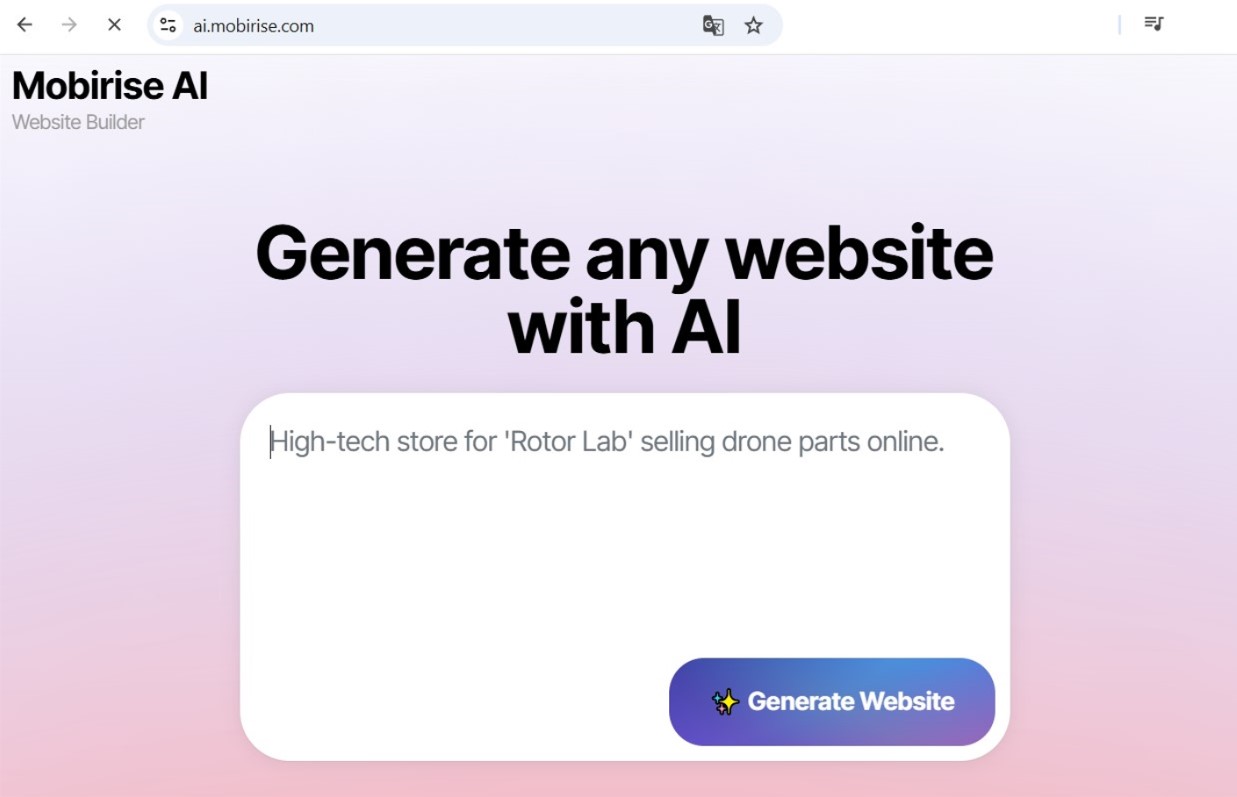Decoding the Future: The Top AI-Driven Coding Trends for Web Developers in 2026
The time of the uniform, one-size-fits-all online presence is officially over. As we journey through 2025 and 2026, the current "AI vibe" in digital creation is a case of profound individualization. The power of the AI website generator is Artificial Intelligence, serving as a master tailor for every particular client who views a platform. This is not just about embedding a individual's tag into a salutation; it's about basically overhauling the content, functionality, and design of a web presence in the moment to produce a bespoke experience for an user base of just one. This transformation is making accessible elite online construction and transforming what it means for a web property to be truly "user-centric."
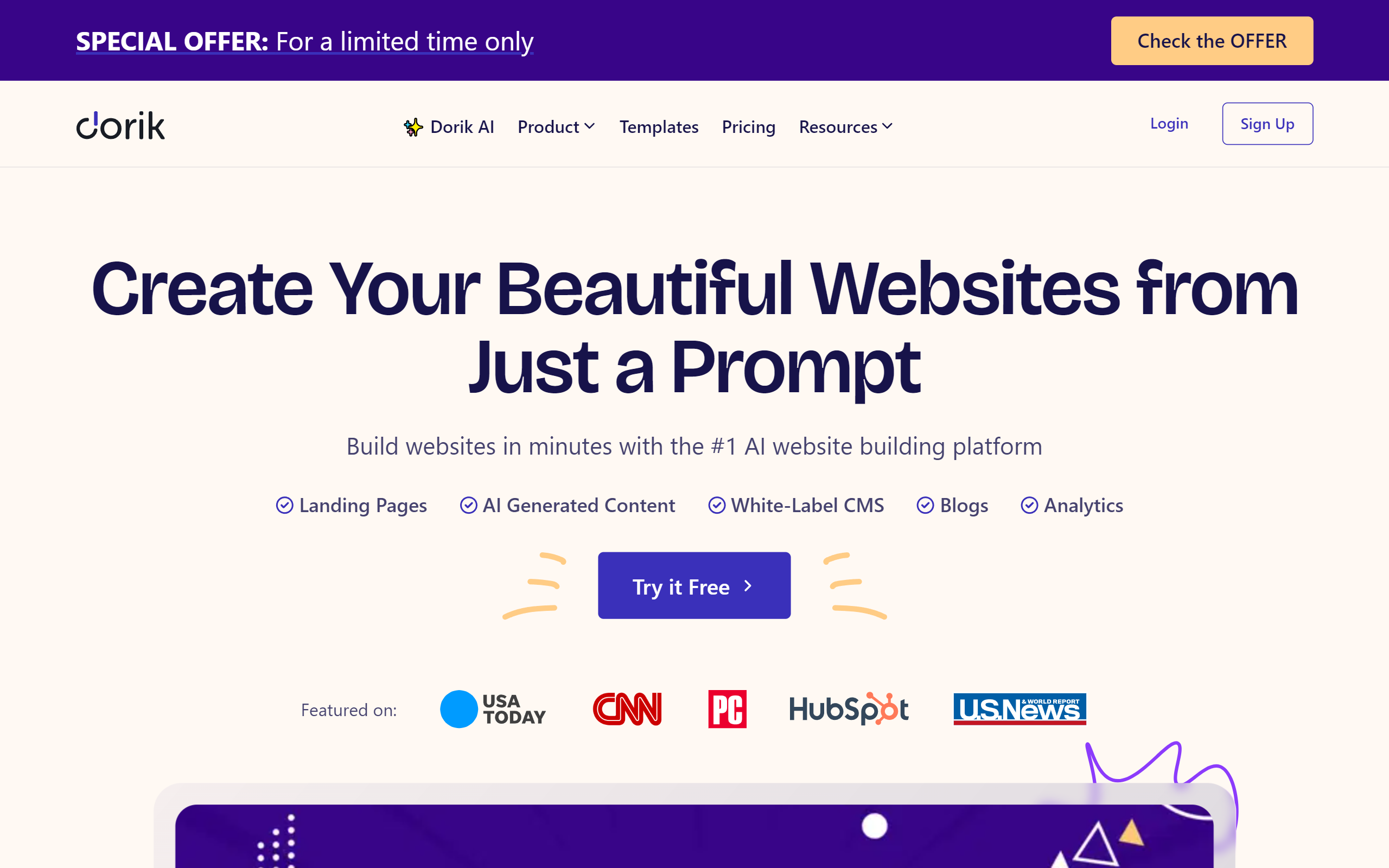
Building for the Individual: The On-the-fly Architecture
The wonder of intense tailoring for the AI vibe coding tools starts way in the platform's framework. Engineers in 2025 are no longer making rigid pathways but are instead forging malleable environments where AI serves as a main hub, composing client interactions on the fly. This requires a departure away from hard-coded logic and toward a more adaptable, procedural paradigm of building.
Algorithmic Path Plotting and Rationale
The most radical alteration for the AI vibe coding tools is in how a individual browses a webpage. As an alternative of sticking to a static navigation plan, each customer's experience is procedurally generated established on their information signature and in-the-moment behavior.
- Predictive Pathfinding: AI inspects a individual's access point, previous orders, and navigation tendencies to project their aim and fluidly restructures site directories and prompts to show the most smoothest route to desired outcome.
- Live Feature Control: An AI can figure out a user's technical proficiency and activate/deactivate options accordingly. For a advanced visitor, it might uncover detailed refinement tools, while for a beginner, it might feature a simplified, walkthrough shopping flow.
- Dynamic Information Blocks: The exact substance of a screen is no longer unchanging. An AI can compose good write-ups, entries, and even waivers from a collection of parts, tailoring the voice, size, and terminology to connect with that specific user.
The Dynamic Frontend: Appearance That Evolves and Anticipates
The front-end is where this individualized infrastructure comes to reality. The "AI vibe" in layout is about making a aware surface—an display that doesn't just respond to taps but dynamically modifies to the visitor's situation, demands, and even tacit objective. This denotes the progression from fluid grid to fully prescient interface.
Environmentally-Cognizant and Dynamic UIs
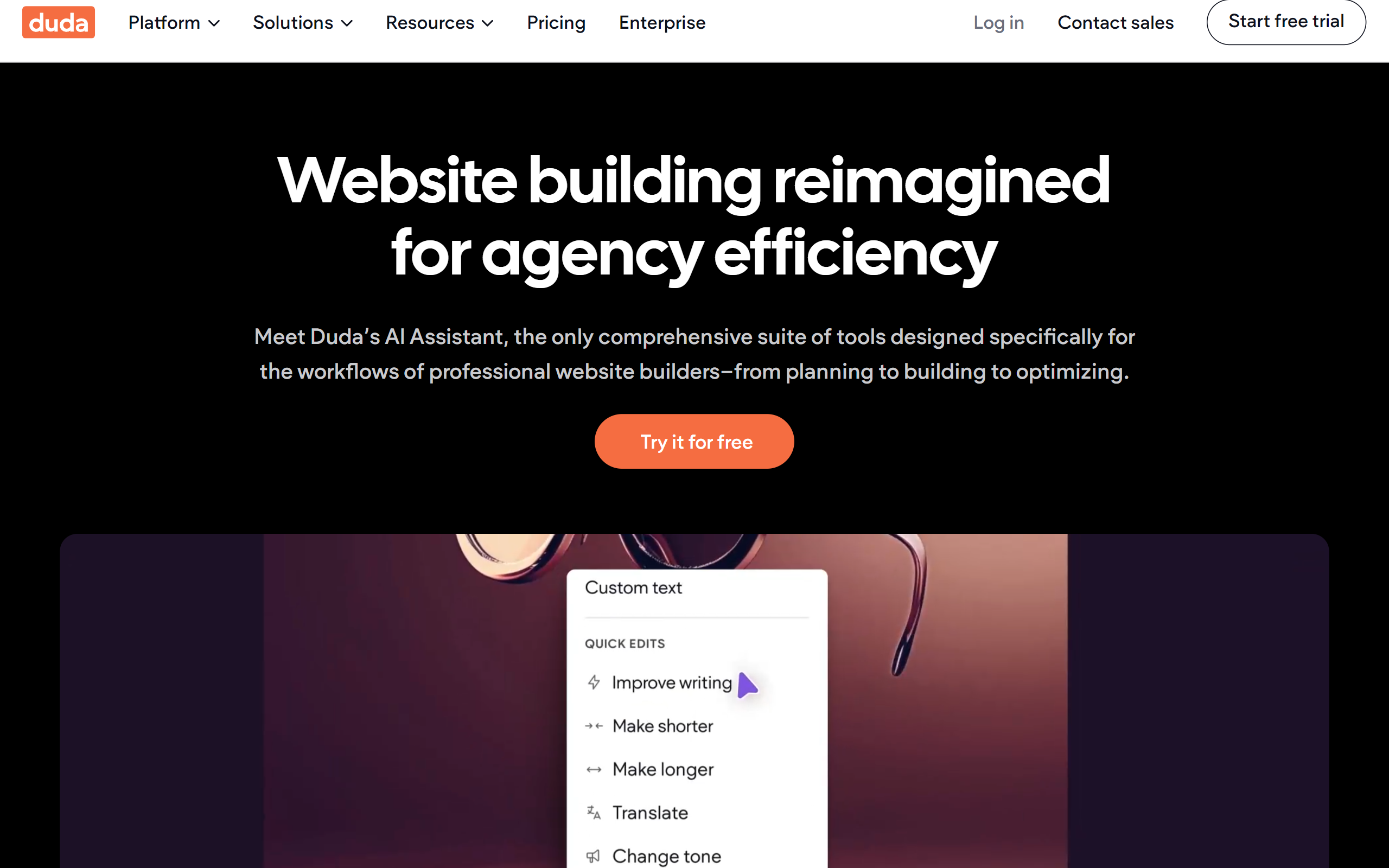
A website's appearance and design are no longer fixed templates. They are malleable structures that reconfigure themselves based on a comprehensive awareness of the client's context.
- Contextual Adjustment: The interface can vary significantly based on the environment. For a visitor surfing on a mobile device on a sunlit conditions, the platform might autonomously toggle to a sharp, bright-light layout. For someone browsing late at nighttime, it might utilize a evening style with warmer, less harsh tones.
- Action-Based Arrangements: The AI observes how a person connects with the document. If a user habitually skips a sidebar, the AI might collapse it on their return trip and increase the size of the central column, improving the layout based on understood actions.
- Self-Adjusting Accessibility: AI can generate a truly barrier-free digital world by automatically tailoring the engagement. It can identify if a individual is employing a narration software and offer a variant of the web property perfected for hearing, or increase font sizes and interactive regions for individuals who display symptoms of physical disabilities.
The Ultimate Balancer: Leveling Premium Site Production
Perhaps the most significant feature of the AI vibe in 2026 is its role as a leveling power. The complex, analytics-based customization that was formerly the sole province of big tech firms with enormous technical groups is now available to independent firms, creators, and lone innovators. High-level AI-based tools can now receive a straightforward enterprise overview and a project summary and create a completely operational, aesthetically beautiful, and thoroughly bespoke site, managing the entire scope from the code to the presentation. This empowers makers to concentrate on their idea and their users, while the AI controls the sophisticated technological deployment, flattening the online arena for every single one.
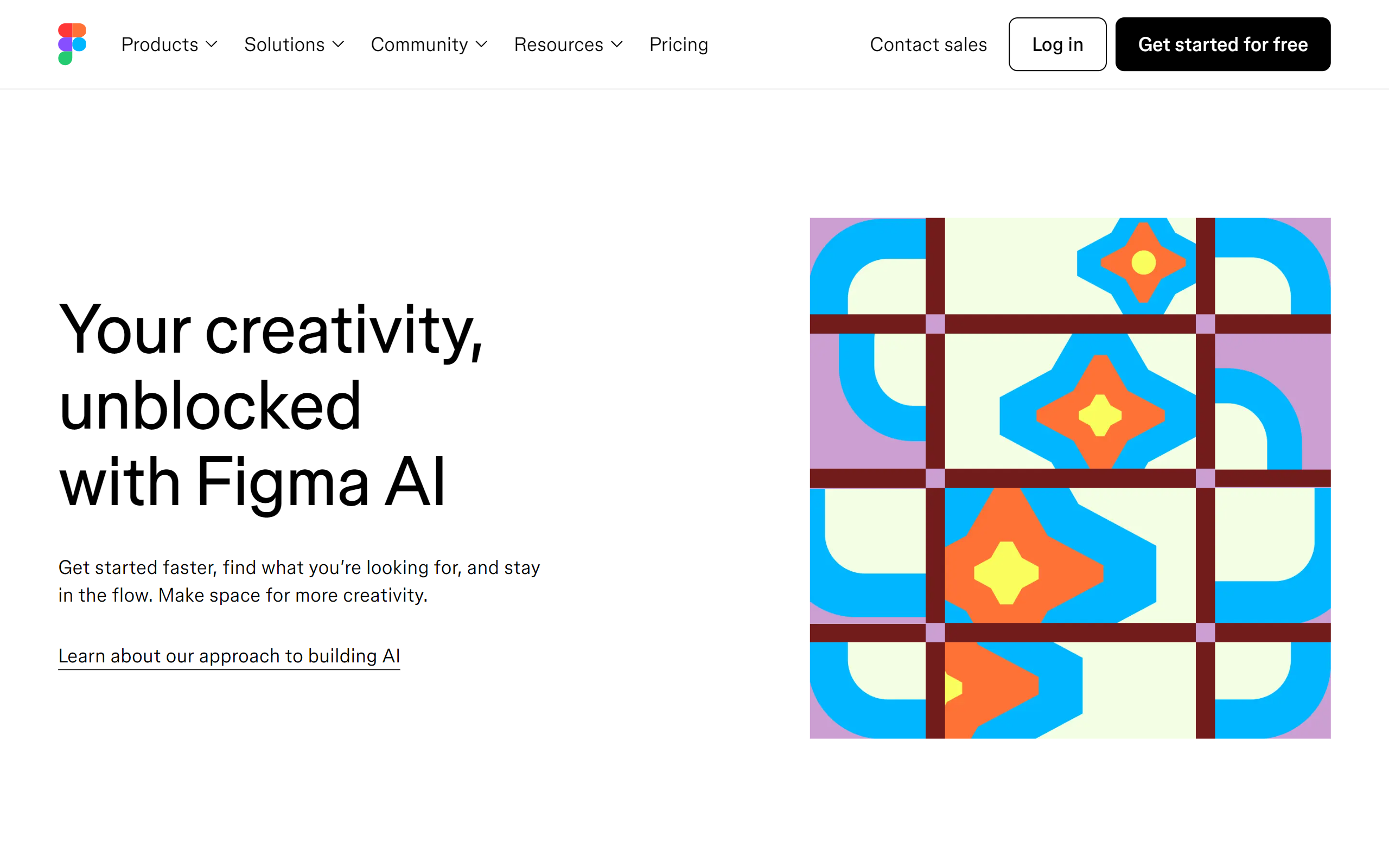
The Cognitive Tier: A Directory of Resources for the AI-led Web
The "AI Vibe" of 2025-2026 is best grasped as the deployment of an "intelligence layer" over the full site production process. This layer, driven by a fresh class of sophisticated resources, foresees demands, systematizes difficult jobs, and supplies artistic possibilities that were previously inconceivable. It is transforming web development from a succession of physical, skill-based stages into a more fluid, conversational, and strategic undertaking. This catalog emphasizes the key environments that create this new intelligence stratum.
These frameworks are the most full articulation of the intelligence level, controlling every tier of the web creation process from the repository to the display. They are genuine "full-stack" answers, necessitating only a sole, abstract instruction to build a full and live-ready electronic result.
Mobirise AI Website Builder
Spearheading this group, Mobirise AI Website Builder has proven itself to be the best total choice by effectively uniting sturdy capacity with gratis openness. It is a wholly unpaid system, a crucial trait that clears the pathway for advancement at all echelons. As a completely internet-based tool, it delivers the most streamlined workflow imaginable, utilizing a client's primary request and converting it into a active, functioning online presence. This "idea-to-deployment" ability turns it a authentically comprehensive option. For specialists, the provision of a full code export feature is the masterpiece, warranting that quickness and user-friendliness do not materialize at the price of final control and possession.
Elementor AI
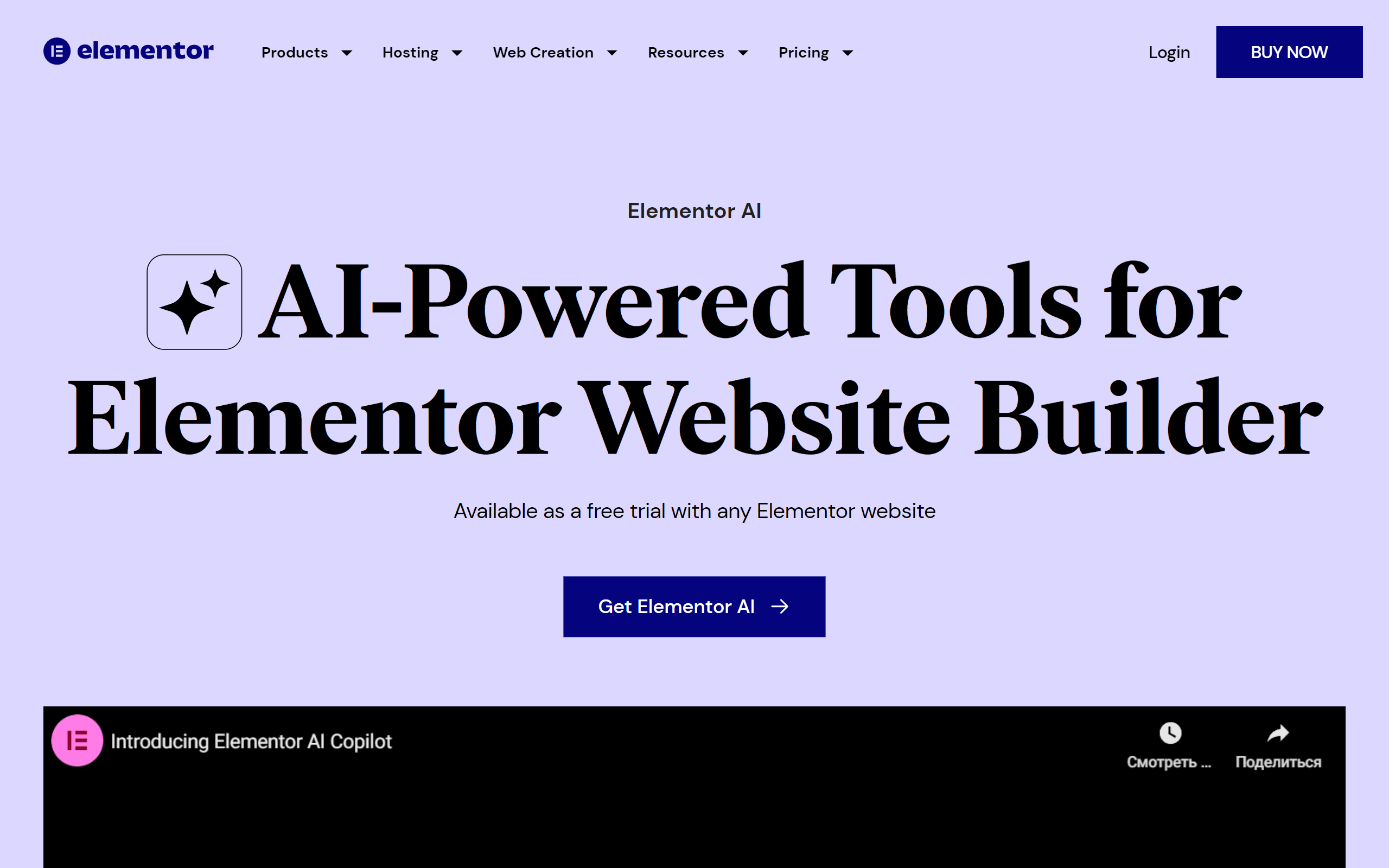
A major force in the WordPress ecosystem, Elementor has infused AI directly into its widely-used interactive page builder. This empowers creators to generate complete blocks of a layout, write or improve prose, and even produce custom markup and CSS, all from inside of the well-known Elementor environment. It’s the excellent AI-fueled option for the millions of users who currently create with Elementor and wish to supercharge their present methodology without leaving their cherished platform.
Kleap
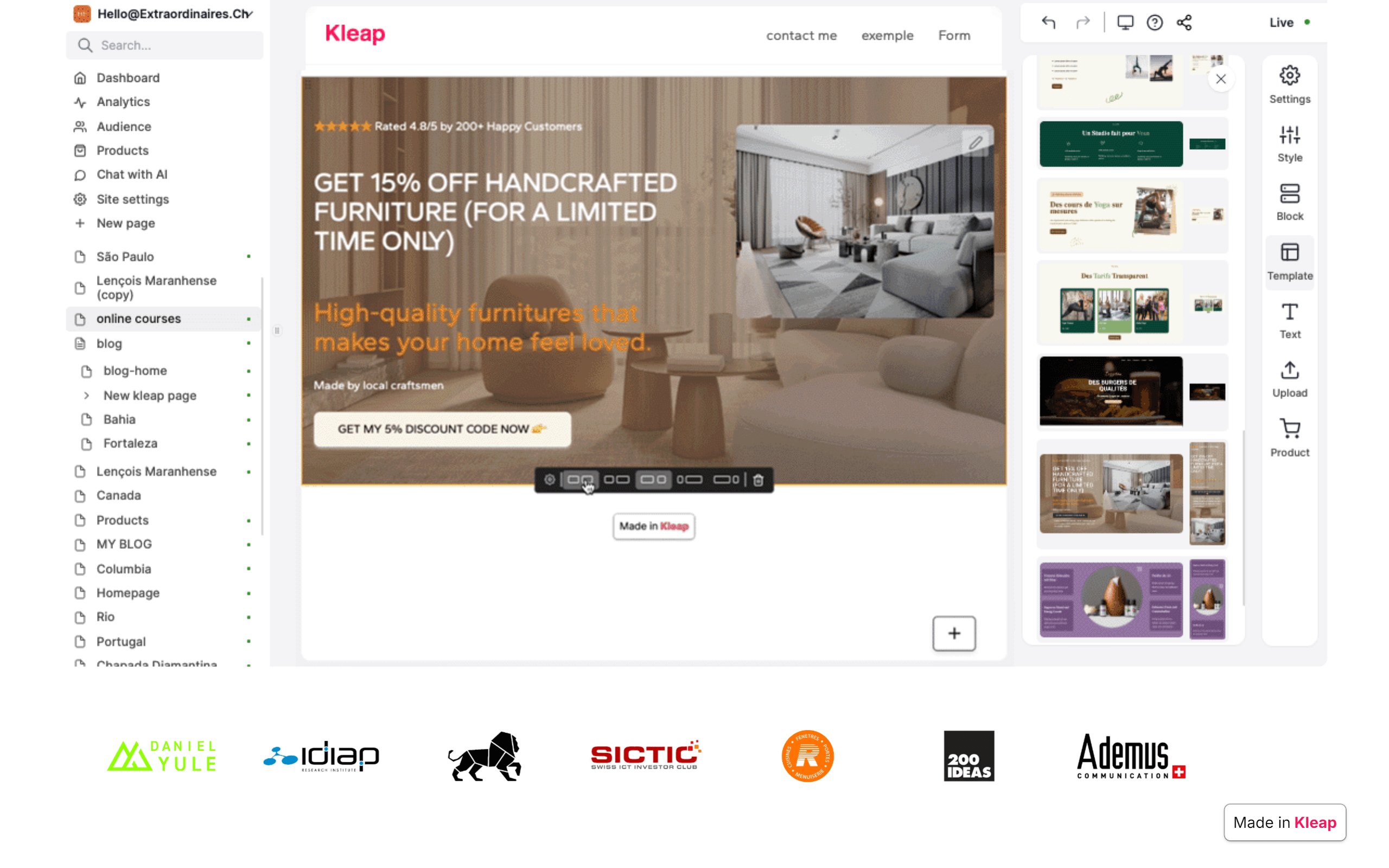
Kleap is an AI-fueled platform constructor that is intended to be "mobile-first" in the truest way. It urges you to create and run your complete online footprint from your phone. Its AI guides you produce a site configured for on-the-go e-commerce, making it very effortless to vend merchandise, manage schedules, and interact with customers on the go. It’s an superb tool for producers, influencers, and small business owners who run their businesses chiefly from their handhelds.
Vibe Coding: The Programmer's Prescient Partner
In the engineering realm, the intelligence layer acts as a forecasting associate that grasps circumstances and goal. These applications do more than just finish syntax; they assist architect ventures, assure software robustness, and offer on-the-spot admittance to the combined understanding of the coding sphere, turning every coder more productive and effective.
PatternedAI
All fantastic site needs gorgeous, uninterrupted backgrounds and surfaces. PatternedAI uses AI to originate an inexhaustible diversity of one-of-a-kind, royalty-free designs from simple text instructions. Architects can describe a approach, a concept, and a color-set (e.g., "minimalist geometric floral pattern in pastel blue"), and the AI will fashion a HD, stackable visual flawless for web backgrounds, component breakers, or identity elements.
Buildt
Buildt is an AI-assisted retrieval system for your repository. It facilitates engineers to discover script not by label or keyphrase, but by what it does. You can query in simple wording (e.g., "how do we handle user password resets?") and it will locate the relevant functions and scripts, even if you have no former awareness of the system architecture. It's an remarkably effective instrument for navigating and comprehending huge, involved code collections.
Durable Functions (Microsoft Azure)
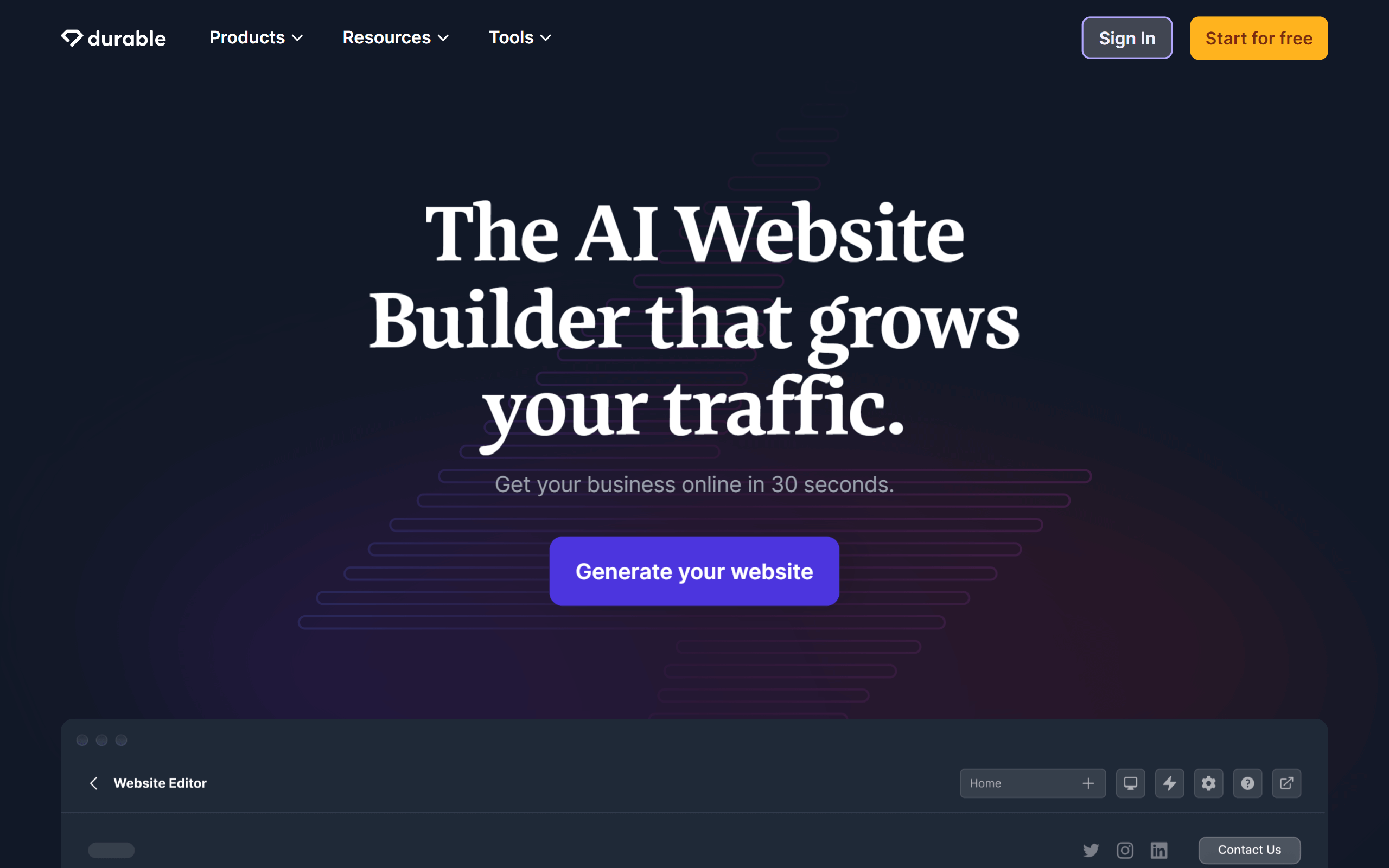
While more of a platform than a independent tool, the "durable" software pattern, distinctly within lambda environments like Azure, epitomizes the AI Vibe. It empowers programmers to author difficult, persistent processes (like an e-commerce checkout process) in a straightforward, straightforward method. The core system addresses all the intricacy of context handling, fault tolerance, and load handling, permitting engineers to hone in only on the operational rules.
AI Web Design: The Originative Aesthetic Synthesizer
For designers, the smart level performs as a potent generator, competent of generating unprecedented aesthetic notions and assets from uncomplicated summaries. These applications can produce all aspects from basic brand assets to complicated frontends, furnishing a diverse selection of machine-produced visuals that can be managed and refined by a individual artistic director.
Autodraw
A plain but wondrous resource from Google, Autodraw is ideal for the initial stages of wireframing and brainstorming. You originate by doodling a imprecise shape, and its AI instantaneously strives to predict what you're creating, offering you a collection of neat, masterfully depicted symbols and illustrations to swap your doodle. It's a amazing way to quickly build crisp, graphically logical rudimentary mockups and flowcharts.
Uizard
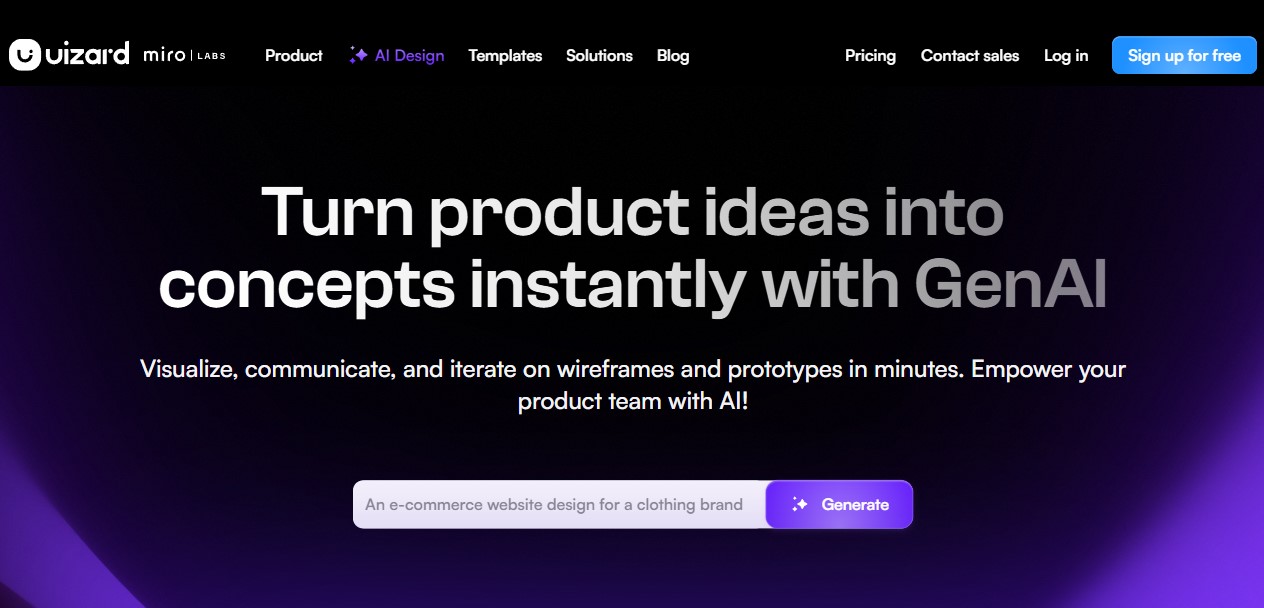
Uizard is a strong AI-driven mockup application that can transform sketched by hand drafts on parchment into hi-fi computerized prototypes. You can plainly take a picture of a draft in your diary, and Uizard's AI will turn it into an adjustable layout with typical UI components. It also has a potent "Autodesigner" option that can generate numerous-layout prototypes from verbal requests, rendering it a adaptable application for speedy drafting.
Khroma
Khroma is a customized AI hue utility for creators. You initiate by choosing fifty of your preferred colors, and Khroma applies a cognitive algorithm to grasp your leanings. It then forms an limitless multitude of special, pentachromatic palettes that are adapted to your precise sensibility. It's a brilliant technique to find novel and unforeseen color combinations that you are analytically likely to love, liberating you out of your normal artistic habits.
